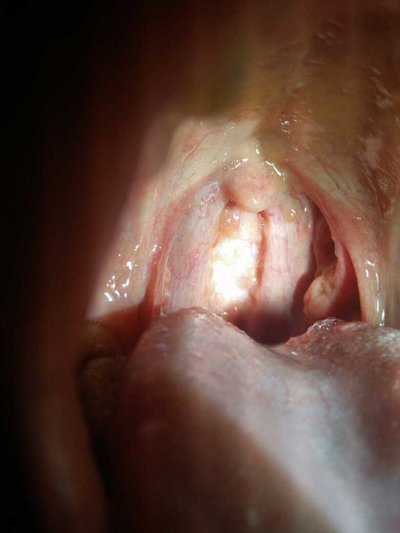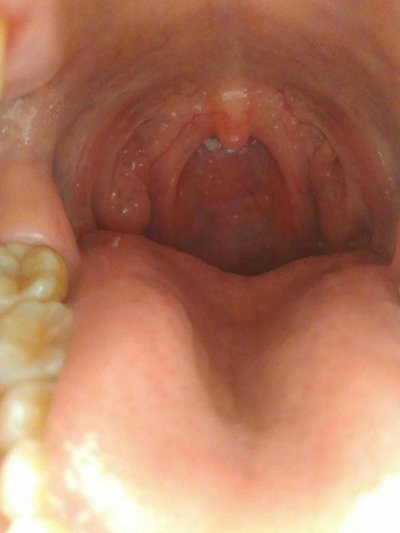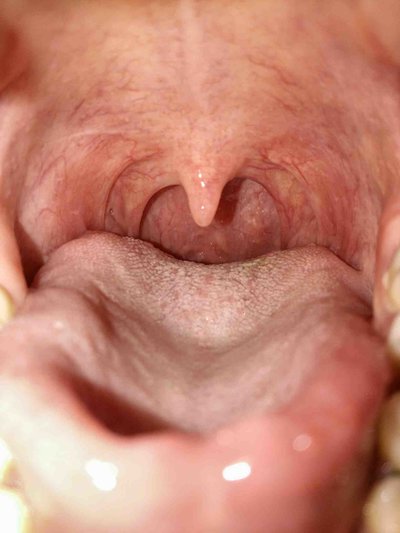Can pharyngeal muscle spasm be seen?
summary
Pharyngeal muscle spasm, also known as palatal myoclonus, is a rare disease. It is an irregular and rhythmic contraction of the soft palate or pharyngeal contractions. It can be confined to one place or occur in several parts at the same time, mostly bilateral symmetry. Can pharyngeal muscle spasm be seen? Let's talk about it
Can pharyngeal muscle spasm be seen?
More common in adults, slow onset. Myoclonus is intermittent, irregular and rhythmic contraction movement, which can be tens to hundreds of times per minute. The patient and others can hear the clucking sound.

The contraction of soft palate, larynx, floor of mouth and diaphragm was bilateral, but sternocleidomastoid and facial muscles were unilateral. The contraction of pharyngeal muscles makes the soft palate move up and down, causing the opening and closing of eustachian tube. In swallowing or pronouncing, clonus can be inhibited temporarily.

Most of them are caused by central brainstem diseases, such as brainstem vascular embolism, tumor, cerebellopontine disease, syringomyelia, diffuse cerebral arteriosclerosis, etc. Some people think that hysteria can be the cause of the disease, which can promote the seizure of palatal myoclonus.

matters needing attention
According to the causes of treatment. Central patients should be treated by internal medicine and neurology. Patients with peripheral paralysis can be treated with anticholinesterase drugs or nerve stimulants, vitamins, and acupuncture. Nasogastric tube should be inserted in patients with pharyngeal constrictor paralysis who cannot eat or aspiration.















